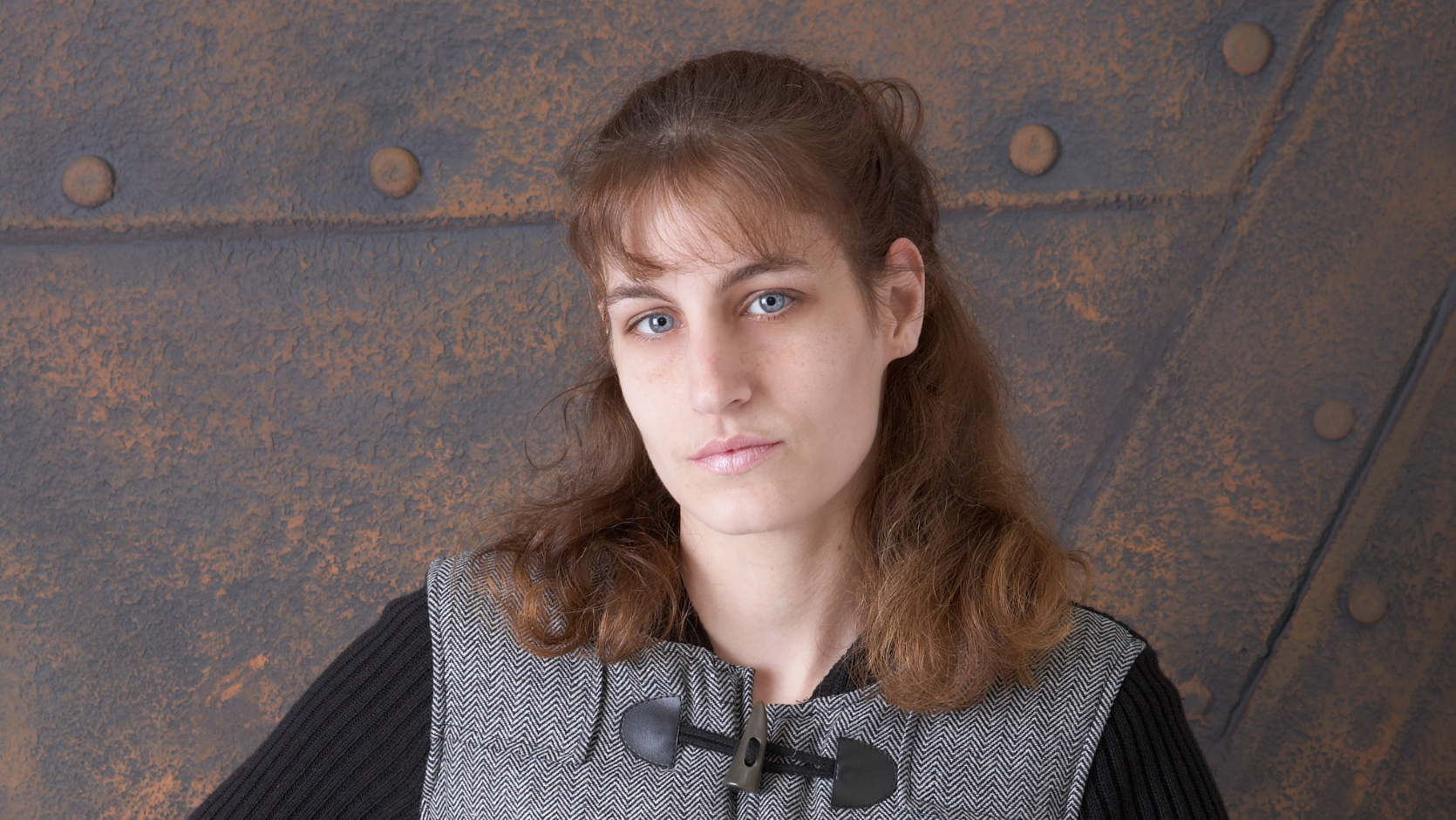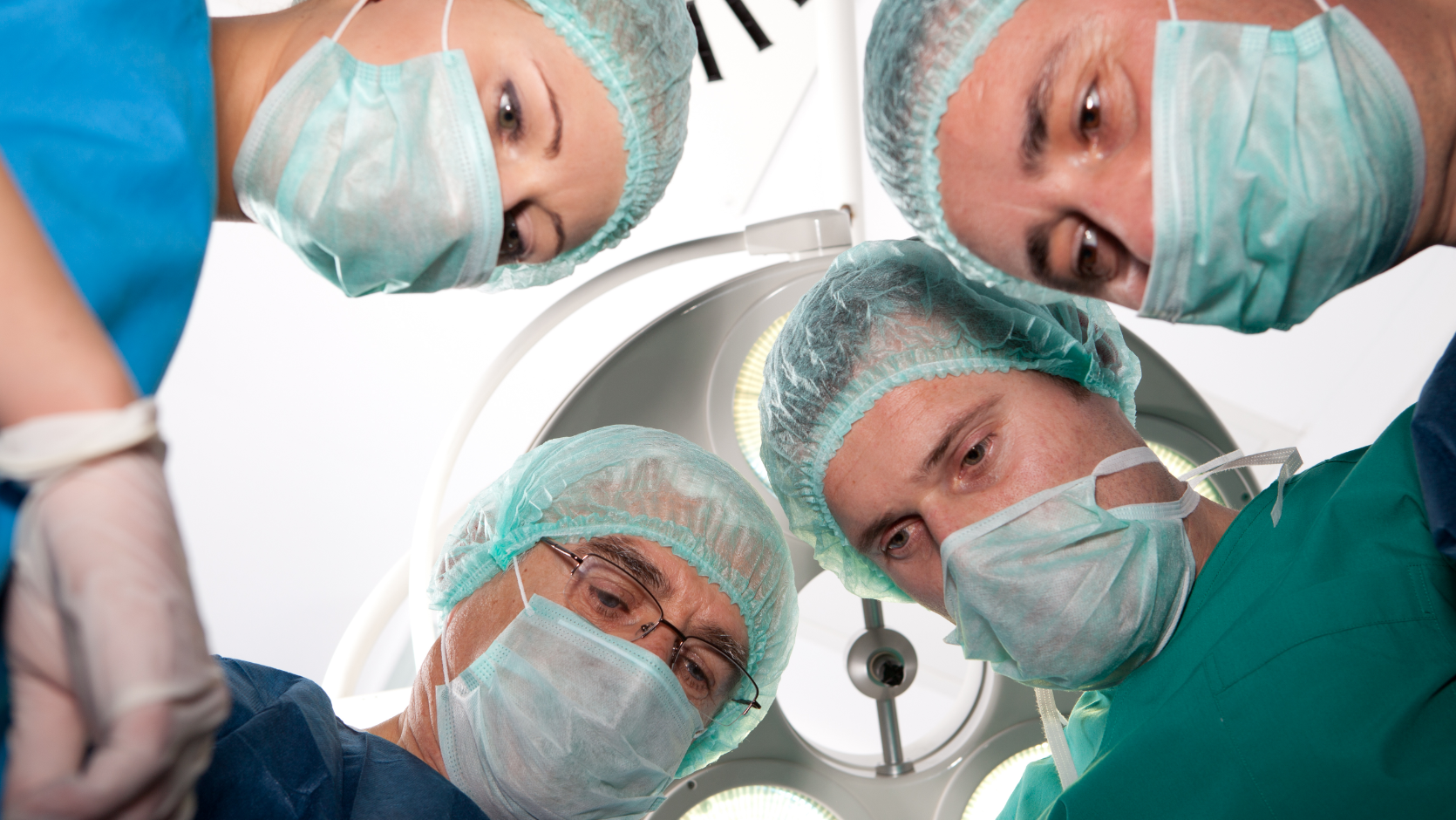The Facts
Patient undergoes hernia repair following caesarean section
On 7 June 2010, a woman attended a hospital for the repair of an incisional hernia that had developed at the site of her caesarean section wound, following the birth of her third child at the end of 2009.
The patient was admitted for surgery by a senior surgeon, but underwent the hernia repair at the hands of a junior surgeon, with the senior surgeon present to assist in the surgery. The hernia was repaired and surgical mesh was placed over the hernia site.
Subsequent surgeries following initial procedure
Further surgery was undertaken on 15 June 2010 to drain a seroma (pocket of clear fluid) which had developed at the site of the surgery, wash the wound out and apply a VAC (vacuum assisted closure) dressing. Shortly afterwards, on 18 June 2010, the patient was discharged from the hospital.
On 27 June 2010, based on concerns of the community nurse, the patient returned to the hospital for further review. As a result, the patient underwent another wash out procedure and had a VAC dressing re-applied.
Patient returns to hospital on further occasions
The patient returned to the hospital again on 3 July 2010, complaining of abdominal pain, nausea and fevers, as well as swelling and bleeding around the wound site. She was admitted for review and given intravenous antibiotics before being discharged from the hospital on 5 July 2010.
On 15 July 2010, the patient presented as an outpatient to the hospital. It was noted that she had a leaking abdominal seroma, as well as a 6×6 centimetre area of necrotic flesh.
Immediate surgery after different hospital diagnoses surgical mesh infection
Not satisfied with the care provided by the hospital, the patient attended another hospital on 16 July 2010. She was diagnosed with overt surgical mesh infection and immediately underwent surgery to remove the infected mesh.
The patient continued to struggle with the infection for most of 2010.
The patient had follow-up surgeries in August 2010 to have necrotic tissue removed and in July 2011 to have plastic surgery to the surgical wound. The infection persisted until September 2011.
Consequences of infection for patient lead to legal action
The patient claimed that as a result of the infection, she continued to suffer from pain, mechanical back pain, discomfort and restriction of movement at the surgical site, as well as psychological injuries. Consequently, she was restricted in her ability to engage in her chosen profession and look after her three children.
The patient sued the hospital where the hernia repair operation had taken place in the Supreme Court of NSW, in both battery and medical negligence.














Expert commentary on the court's decision
Supreme Court finds in favour of patient
In July 2017, the Supreme Court of NSW delivered judgment in the case Tinnock v Murrumbidgee Local Health District (No 6) [2017] NSWSC 1003.
After considering the case put before it, the court found that the patient, Mrs Tinnock, had consented to the procedure, and therefore the assault or battery argument failed.
However, with the alterative arguments of negligence, the court held that first, considering the patient’s specific risk factors, not applying the surgical drains in the initial surgery equated to negligence, as this was a missed opportunity to reduce, or avoid, the infection.
Secondly, the court found that on 3 July 2010, when the patient returned to the Wagga Wagga Base Hospital where the surgery had been performed, there were sufficient symptoms for the hospital to diagnose her infection and treat it more aggressively.
Did the patient’s risk factors warrant the use of surgical drains?
The court had the benefit of six expert witnesses on the issues of negligence, five general surgeons and one infectious diseases specialist.
For the most part, the experts were in agreement that the initial hernia repair operation was completed to a professional standard, and that the onset of the infection was a foreseeable, and not insignificant risk.
Therefore the court was faced with two questions. Would a reasonable surgeon have taken the precaution of inserting a surgical drain at the time of the initial surgery? And when the patient returned to the hospital on several occasions following the initial hernia repair operation, were there sufficient symptoms for the hospital to diagnose and treat the patient’s infection?
Surgeon’s decision not to use surgical drains in initial hernia repair operation
Even the hospital’s own expert was critical of the care that was provided to the patient, commenting in oral evidence: “…this case is a nightmare, if I may say, for a surgeon… it is not an easy case. This patient was waiting for an infection. This was on the cards right at the outset.”
The hospital expert was referring to the patient’s added risk factors of obesity and smoking, combined with the fact that the site of the caesarean section incision was very low on the patient’s abdomen. These factors introduced additional elements of risk to the known propensity of surgical mesh for resulting in infection and the fact that seroma fluid also creates a breeding ground for infection.
However, the hospital expert’s position was that the development of post-surgical infections was not indicative of actions that fell short of professional standards and that in any case, infections following surgery have a high incidence rate.
Was the use of surgical drains a mandatory step?
The discussion of the six experts centred on whether the use of surgical drains was a mandatory step to be taken by the surgeon. The expert views ranged from no, to yes, to maybe in certain circumstances. The experts each had their own view as to the correct method.
Ultimately the judge fell back on expert consensus, which was that the patient was a high risk patient and based on the expert evidence, a surgical drain should have been applied at the wound site as part of the original surgery.
The judge found that surgical drains would have been instrumental in avoiding the patient’s infection, given that due to her risk factors she was at a high risk of developing an infection. Thus the hospital had breached its duty of care and was negligent not to apply a surgical drain.
Hospital’s diagnosis and treatment of infection
In reviewing the rest of Mr Tinnock’s claim against the hospital, the court found that between 7 June 2010 and 27 June 2010, the patient did not have symptoms severe enough to warrant the diagnosis of an infection and therefore the hospital was not negligent in its care of her when she underwent the second and third medical procedure.
However, when Mrs Tinnock came to the hospital on 3 July 2010, her symptoms were sufficiently worrying for the hospital to take action and investigate her symptoms. By not doing so, the hospital allowed the infection to worsen and failed in its duty of care to the patient.
After a protracted legal process, Mrs Tinnock was awarded $1 million for her pain and suffering, past and future loss of income, past and future treatment expenses and past care requirements.
The court also ordered the hospital to pay Mrs Tinnock’s legal costs.